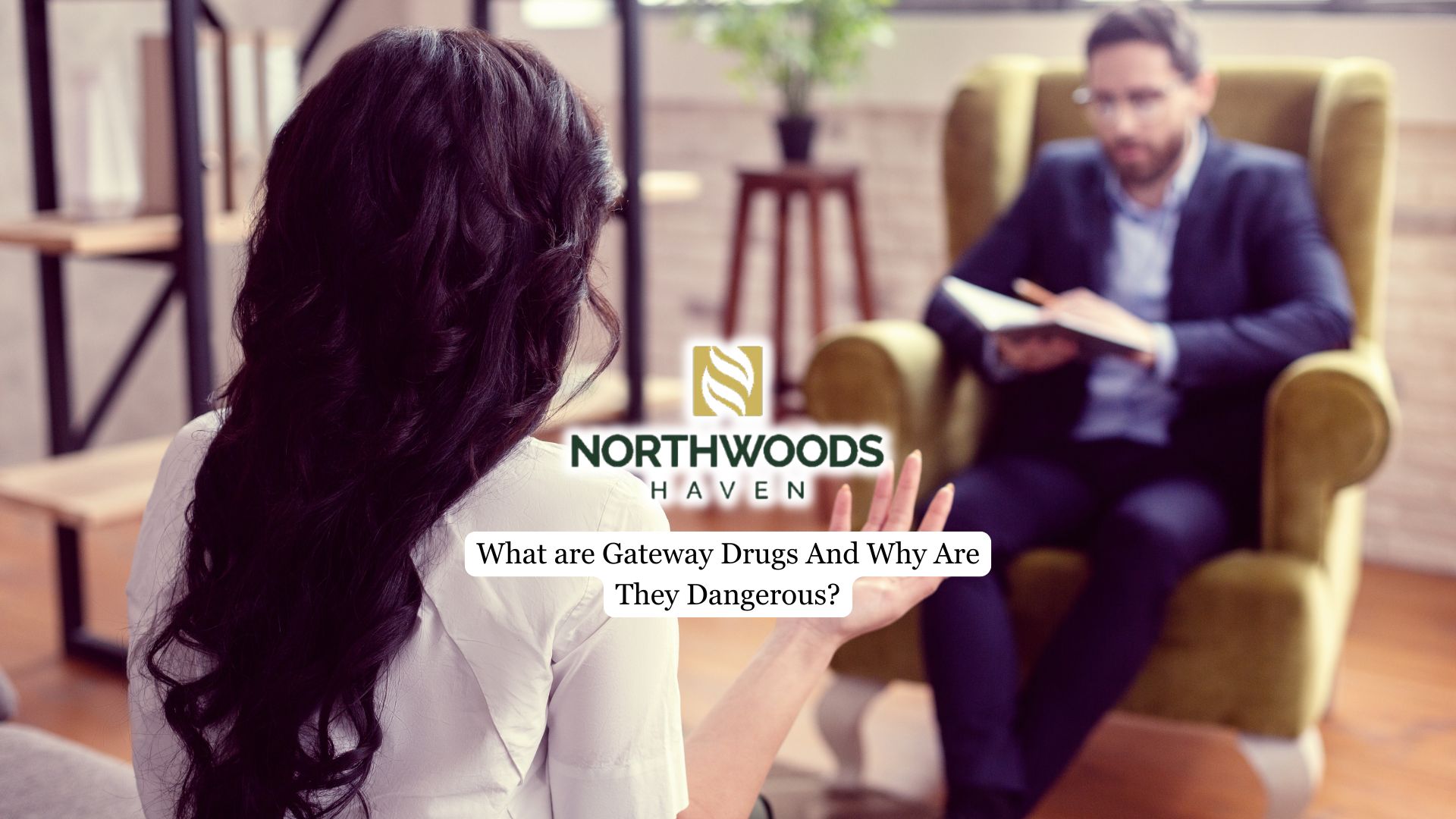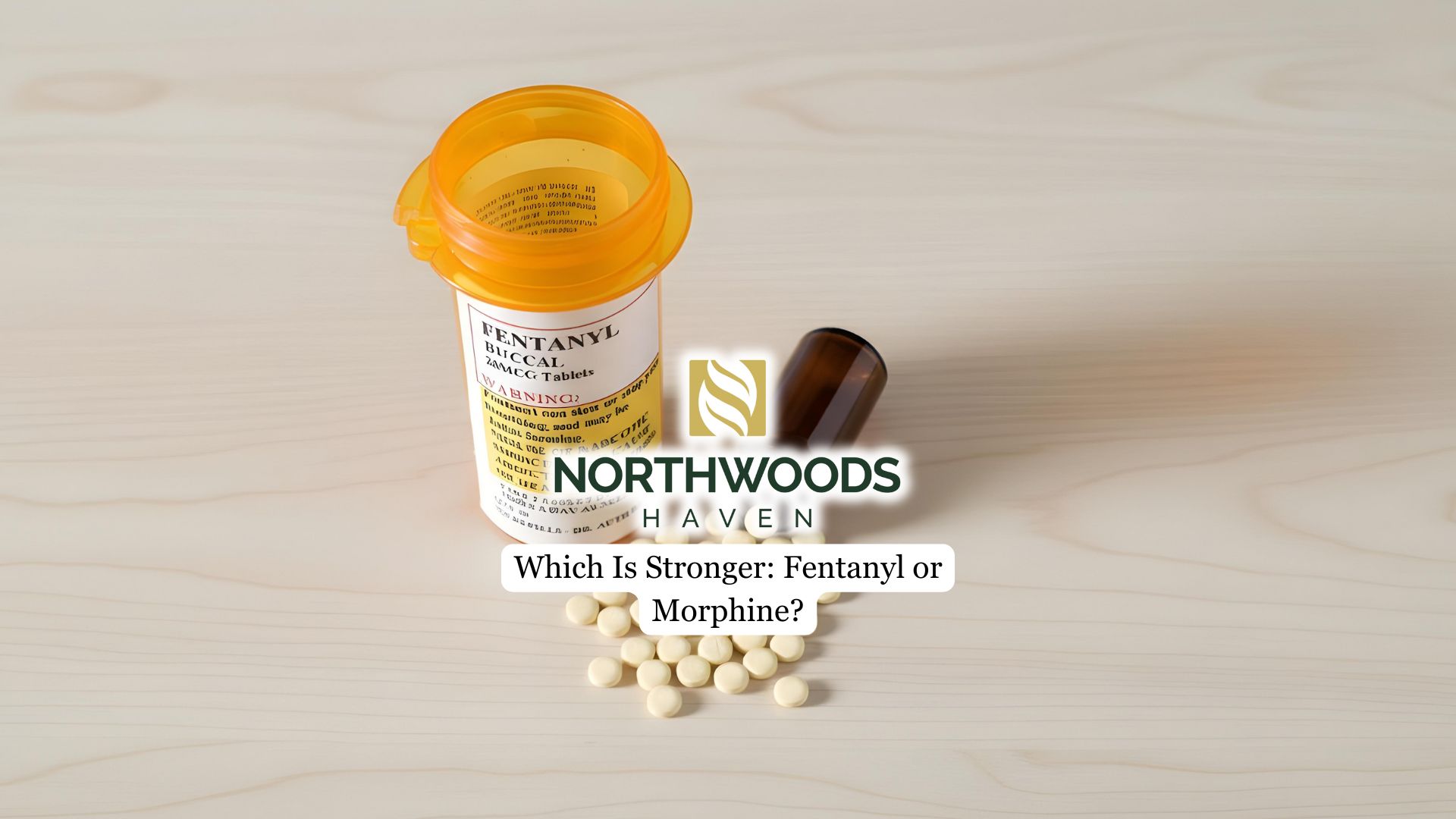“Gateway drugs” is a term used to describe the early use of legal or low-tier substances that may increase the likelihood of progression to more harmful drugs. While not formally categorized as a mental health diagnosis, the gateway hypothesis is a widely recognized concept in addiction studies.
This article describes what qualifies as a gateway drug, its potential risk, and why early use matters in the context of addiction and mental health.
What are Gateway Drugs?
Gateway drugs typically include legal or socially accepted substances such as alcohol, cigarettes, nicotine, including vaping, and sometimes cannabis. These substances are often used earlier in life and may precede later use of substances like cocaine, opioids, or methamphetamine. Though most individuals who experiment with these substances do not progress to harder drugs, statistical patterns show an increased risk for marijuana when use begins at a young age.
At our premium intensive outpatient program in Minneapolis, MN, we often work with individuals whose early experimentation with substances eventually evolved into more serious forms of addiction. Identifying gateway drug use early on, and intervening with the right therapeutic support, can help prevent deeper dependencies from taking root.
The Gateway Hypothesis
The gateway theory suggests that initial exposure to substances like alcohol, cigarettes, or nicotine increases the probability of later use of marijuana, cocaine, or heroin. Early alcohol or tobacco use during adolescence often precedes use of other substances, especially when consumption begins under age 15 and occurs frequently. In some samples, early cannabis use was linked with increased risk of illicit drug use in late adolescence.
There is also a competing model called the “common liability” theory, which argues that genetic, psychological, or social vulnerabilities—rather than substance use itself—predispose individuals to multiple types of substance abuse. Early use can escalate risk, but that underlying predispositions and context also play critical roles.
What Counts as a Gateway Substance?
Alcohol and Tobacco
Among the most common early-use substances, alcohol and tobacco are strongly associated with later drug experimentation. Research shows that individuals who begin drinking or smoking in early adolescence are significantly more likely to try cannabis and other illicit substances in the future.
These substances are often socially normalized, which can lower perceived risk and open the door to more frequent or risky substance use. In particular, early alcohol use has been linked to disruptions in brain development, including the areas responsible for impulse control and decision-making, factors that contribute to future vulnerability.
Nicotine (Including Vaping)
Nicotine use—whether through traditional cigarettes or modern vaping devices—has emerged as a notable gateway risk. Adolescents who vape are more likely to transition to marijuana and even stimulant or opioid misuse later in life. Scientific studies show that nicotine alters the brain’s reward pathways, heightening the response to other addictive substances.
This “priming” effect may not immediately result in addiction, but it does increase the brain’s sensitivity to drug-related reinforcement, making future experimentation more likely. Because vaping is often perceived as less harmful, it can mask the seriousness of this neurological impact.

Cannabis
For many adolescents, cannabis follows alcohol or tobacco use and may reflect escalating patterns of substance involvement, particularly among those with mental health conditions, trauma histories, or genetic predispositions. On top of that, cannabis use disorder in youth has been associated with cognitive impairments and a higher likelihood of developing psychiatric conditions, which can in turn fuel further substance use.
Warning Signs of Gateway Use
Here are some early warning signs of gateway drug progression:
- Initiating regular alcohol or vaping use during early teen years
- Experimenting with multiple substances within a short period
- Elevated impulsivity or risk-taking behaviors
- Co-occurring emotional symptoms—such as low mood or anxiety
- Changes in social circles or academic decline
While not every early user progresses further, these indicators suggest elevated risk and call for preventive action.
Long-Term Effects of Gateway Substance Use
Substance use during adolescence can disrupt normal brain development, especially in areas tied to decision-making, impulse control, and emotional regulation. Even early, occasional use of alcohol or nicotine may lead to long-term changes that increase vulnerability to addiction.
Teens who turn to substances to manage stress or emotional pain often reinforce unhealthy coping mechanisms. When mental health issues like anxiety or depression are present, early use of gateway drugs can intensify symptoms and raise the risk of long-term substance dependence.
Intervention and Prevention Tips
Effective prevention and treatment focus less on isolated incidents and more on comprehensive support:
- Early screening for mental health concerns and substance use
- Education about the risks of early substance exposure
- Supportive family and peer environments
- Development of coping and decision-making skills
- When escalation occurs, access to structured addiction treatment programs
Final Thoughts from Northwoods Haven Recovery
Gateway drugs may serve as early warning signs, but they often reflect more complex underlying issues—such as emotional vulnerability, trauma, or impulsivity. Effective intervention needs to address both behavior and its root causes through skilled therapeutic support.
At Northwoods Haven Recovery, our intensive outpatient program in MN delivers personalized care that integrates addiction education, mental health support, coping skills training, and family involvement. If you or a loved one has experimented with alcohol, tobacco, or nicotine—or is showing signs of escalating substance use—our program provides structure, insight, and intervention to prevent progression into deeper addiction.



